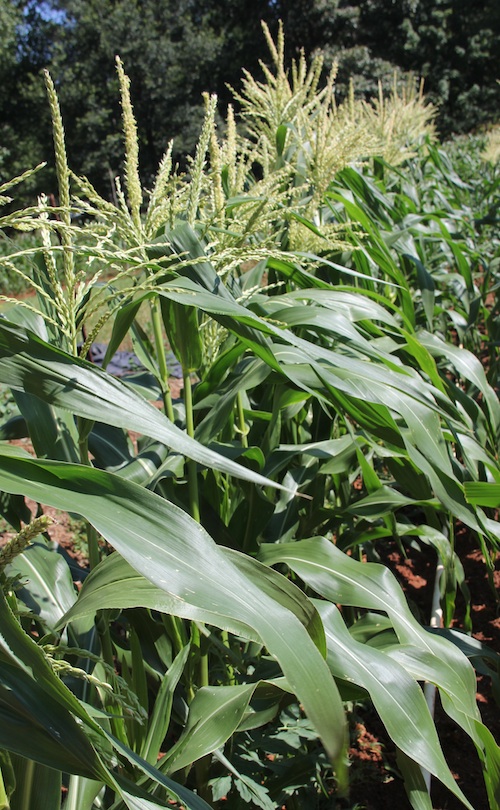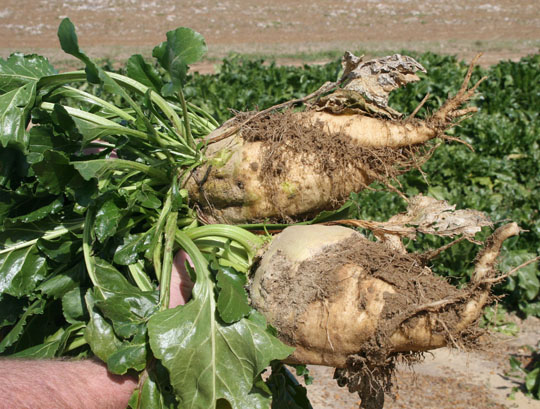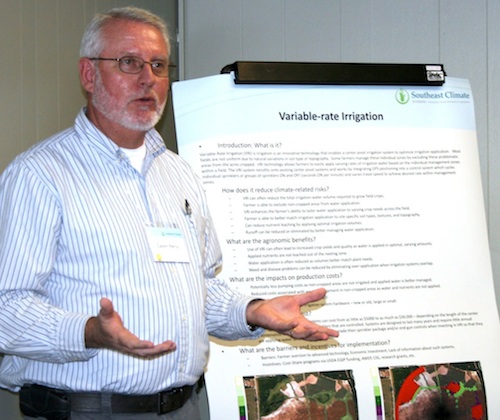 CAES News
CAES News
Irrigation research
The latest research on irrigation technology will be presented Aug. 1 at the University of Georgia’s Stripling Irrigation Research Park in Camilla, Ga.






.jpg)
.jpg)
.jpg)